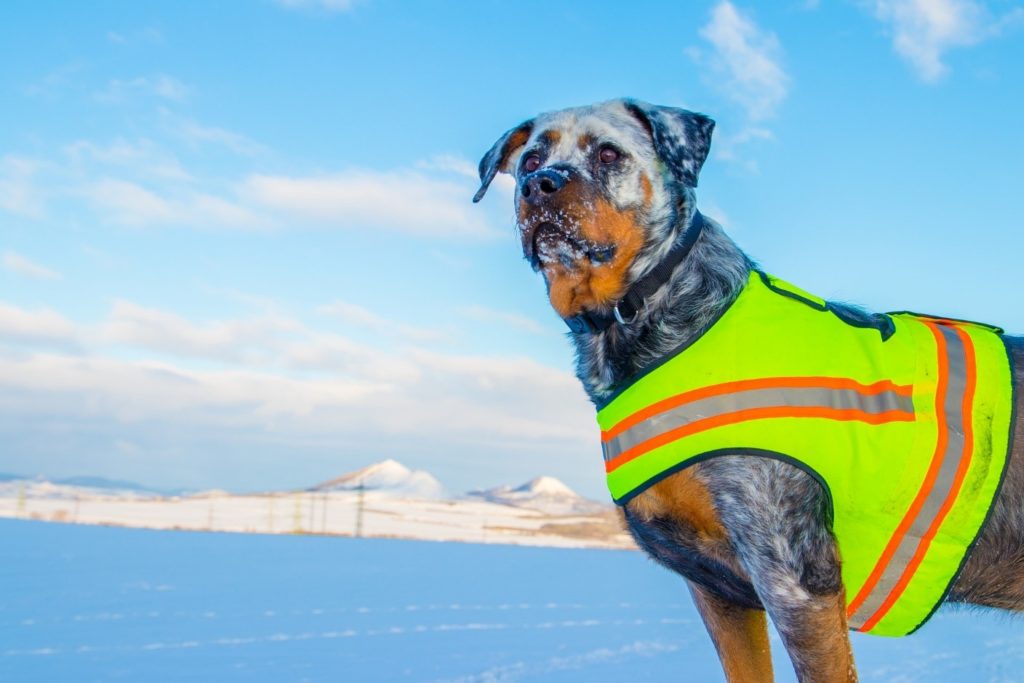
Whether your next emergency is a minor inconvenience or a major catastrophe, one thing all emergencies have in common is the very limited amount of time people have to respond. In recognition of Disaster Preparedness Month, Animal Welfare Association (AWA) encourages pet owners to prepare themselves and their animals for emergencies with its pet disaster preparation tips.
“Emergencies can require anything from a brief absence from your home to permanent evacuation,” says Maya Richmond, executive director at AWA. “Each type of disaster requires different measures to keep your pets safe.”
The AWA follows the ASPCA’s six steps for disaster preparedness: getting a rescue alert sticker, choosing designated caregivers, arranging a safe haven, gathering emergency supplies and traveling kits, preparing to evacuate and geographic considerations.
Placing an alert sticker in a visible area like a window can let rescue personnel know that there are pets inside your home. The sticker should include the types and numbers of pets in your household and your veterinarian’s name and phone number. AWA offers a printable rescue alert sticker on its website.
Some emergencies can require you to rely on others to care for your pet. A temporary caregiver should live close to your residence and generally spend most of their time at home. A temporary caregiver should also have keys to your house. When choosing a permanent caregiver, discuss your expectations at length to ensure they understand the responsibility of assuming ownership of your pet.
In the event of evacuation, be sure to pre-arrange a safe haven where you can stay with your pet. Safe havens can include pet-friendly evacuation shelters, hotels or friends and relatives outside of your immediate area. Preparing an evacuation kit with emergency supplies will also help minimize the anxiety a disaster can cause for your pet. Your pet’s emergency kit should include items like food, an extra collar and leash and photocopies of medical records. If you must evacuate your home, always plan for the worst-case scenario and assume you may be displaced for several weeks.
Plan accordingly if you live in an area prone to certain natural disasters. Determine the safest rooms in your home and choose easy-to-clean areas as safe zones. Keep your pets with you if emergency officials recommend in-house confinement and fill bathtubs or sinks to ensure access to fresh water.
For more detailed instructions or tips specific to birds, reptiles and small animals, visit the Pet Care Resources at https://www.awanj.org/ and select disaster preparedness.









